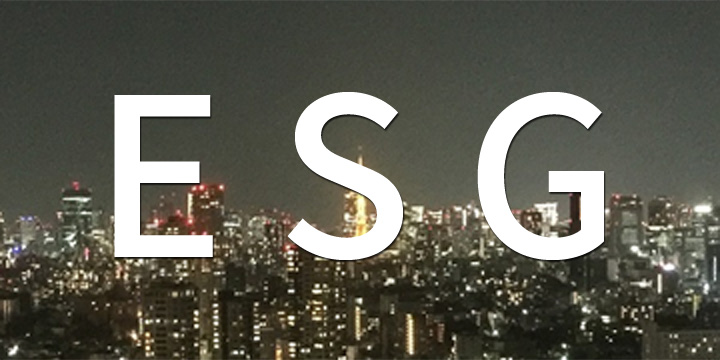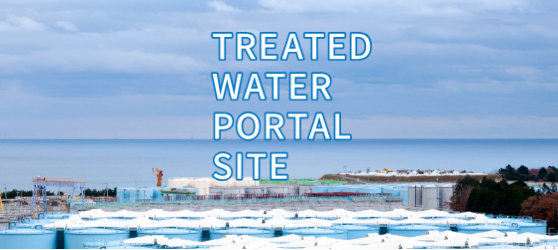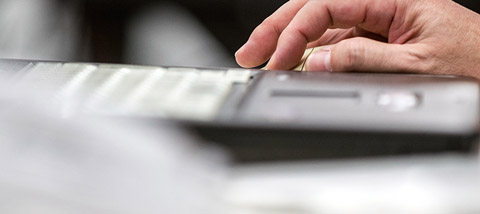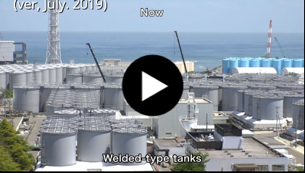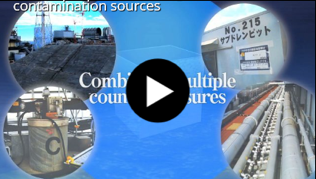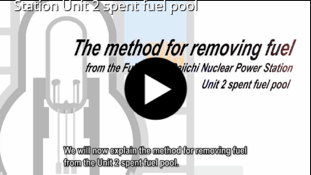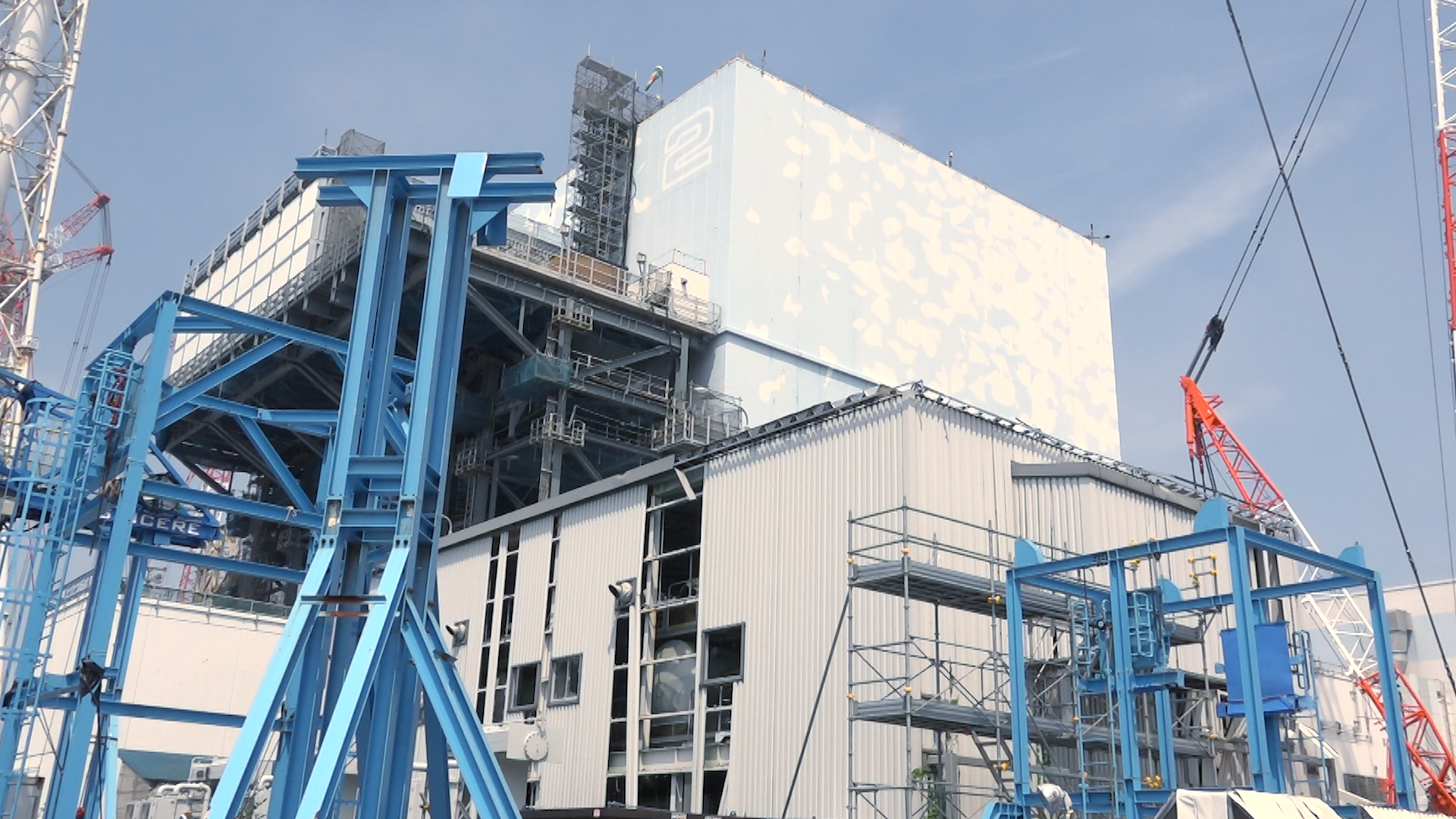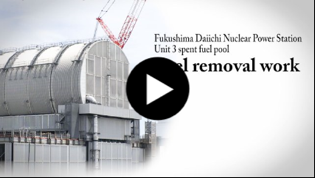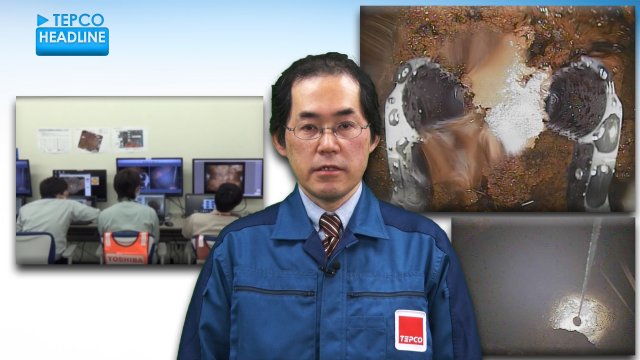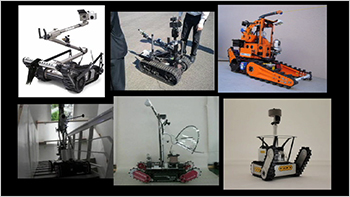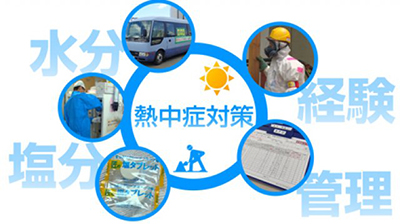Frequently Asked Questions (FAQ) about the decommissioning project are addressed.
Overall Decommissioning Project
A1A1 This is a project aimed at decommissioning of the Fukushima Daiichi Nuclear Power Station, being carried out by TEPCO as a total effort in cooperation with the Japanese government and other related agencies.
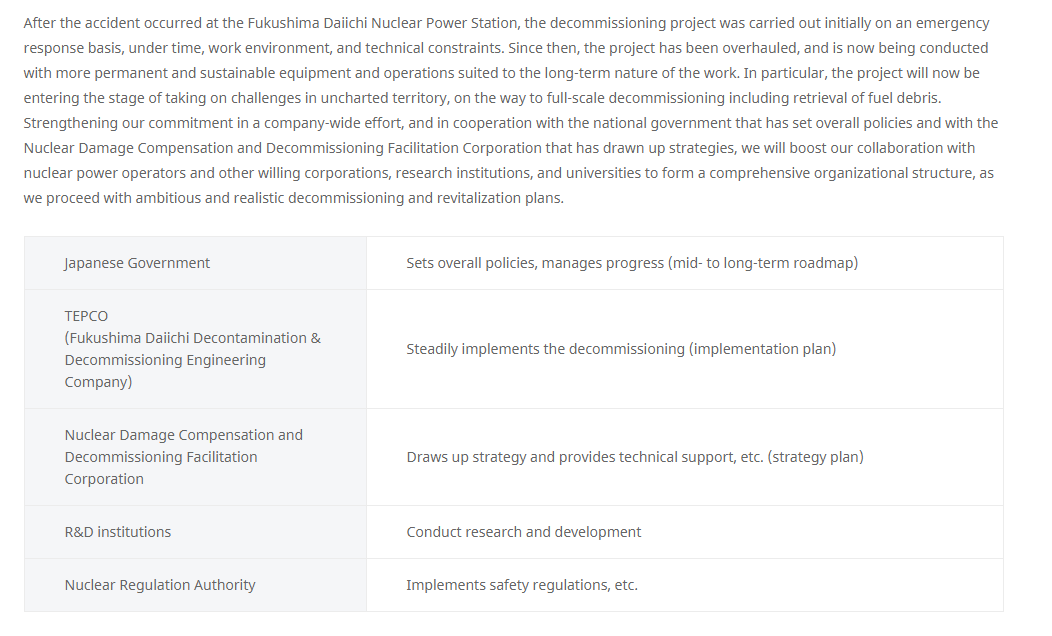
Related Matters
A2At the Fukushima Daiichi Nuclear Power Station, decommissioning work is being carried out based on the “Mid-and-Long-Term Roadmap towards the Decommissioning of TEPCO's Fukushima Daiichi Nuclear Power Station Units 1-4” adopted by the Inter-Ministerial Council for Contaminated Water and Decommissioning Issues of the National Government. The original roadmap adopted in December 2011 is subject to ongoing review, considering matters that become clarified at the site as the decommissioning work proceeds.

Related Matters
A3On March 11, 2011, a massive earthquake occurred on the ocean floor off the Sanriku Coast of Northeast Japan, measuring Magnitude 9.0. The quake triggered a giant tsunami, which flooded the power supply equipment and other important facilities of the Fukushima Daiichi Nuclear Power Station, knocking out power along with the cooling-water supply and heat removal functions. The resulting inability to cool the reactors led to a severe accident. Learning from the accident, various measures are being taken to ensure emergency backup power and means of getting sufficient water to cool the reactors.
Related Matters
A4Fukushima Daiichi Decontamination & Decommissioning Engineering Company was established to define the responsibilities and authorities for decommissioning and measures to deal with contaminated water at the Fukushima Daiichi Nuclear Power Station, and to accelerate decision-making. The company is now going ahead with the decommissioning work in cooperation with partner companies and many others.
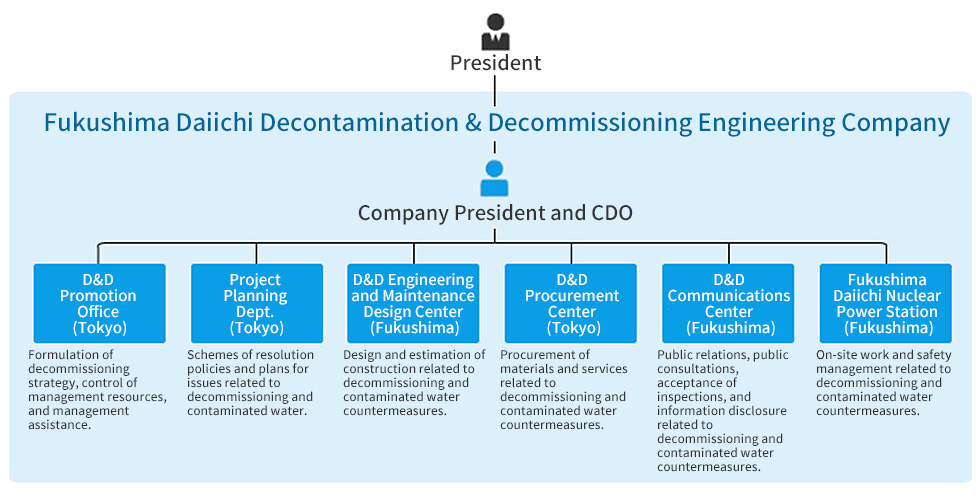
Current State of the Decommissioning Work
A5After Units 1 to 3 lost power, the reactors could not be cooled, so their fuel melted and large amounts of hydrogen were generated, and as a result, hydrogen explosions occurred in the buildings of Units 1, 3, and 4. Now that each unit continues to be kept stably cooled, preparations are being made for removal of fuel from the spent fuel pools of Units 1 to 3 and for retrieval of fuel debris from the reactors.
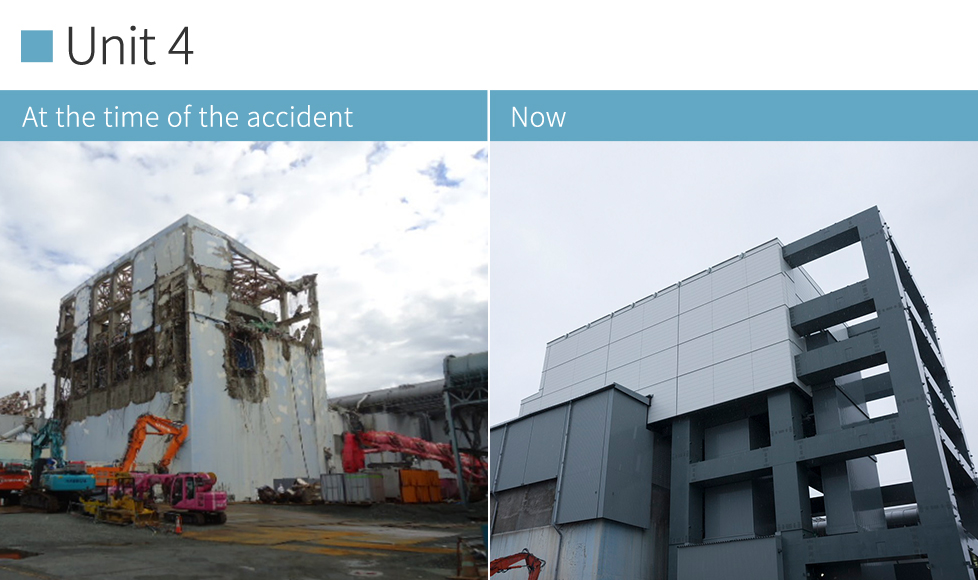
A6When groundwater flowing from the mountain side of the site toward the ocean flows into the reactor buildings and becomes mixed with radioactive water accumulated in the buildings, contaminated water increases. For the sake of stable control of groundwater, multilayer measures are being taken to deal with contaminated water, in line with the three fundamental policies of redirecting groundwater from contamination sources, removing contamination sources, and prevent leakage of contaminated water.
Related Matters
A7After nuclear fuel has been used in a reactor, it is replaced with new fuel. The replaced fuel is spent fuel. Since the spent fuel continues to generate heat, it is cooled in spent fuel pools or other facilities for stable storage. To reduce the risk from this spent fuel, preparations are being made for removal of the fuel from the accident-hit reactor buildings.
Related Matters
A8At the time of the accident, Units 1 to 3 were operating and had fuel rods loaded in the reactors. After the accident occurred, the loss of emergency power prevented further cooling of the cores, resulting in overheating and melting of the fuel. Fuel debris refers to this melted fuel and other substances after they cooled and re-solidified. Currently the state of the melted reactor cores is being confirmed, and various kinds of surveys are being conducted prior to retrieval of the debris.
Related Matters
A9Remotely operated robots are being used to achieve stabilization after the accident at the Daiichi Nuclear Power Plant and to carry out the decommissioning. The use of robots in place of human beings to investigate inside the reactor buildings, and reflecting their findings in planning subsequent work, are helping to minimize radiation exposure and other risks from the work. In addition, the open innovation platform TEPCO CUUSOO is being used for broad solicitation of knowledge and technologies applicable to the needs at the Fukushima Daiichi Nuclear Power Station site. Along with use in the decommissioning work at the Fukushima Daiichi Nuclear Power Station, this initiative will make the obtained knowledge and technologies available for use in many other kinds of situations throughout the world.
Related Matters
A10We are working to mitigate risks, including those from radioactive materials, giving highest priority to ensuring the safety of people in the local communities, workers and employees, and the surrounding environment. At the time of the accident, wearing of protective clothing and full-face masks was necessary throughout the entire site; but today, in 96 percent of the site area, work is possible wearing regular uniforms and dusk masks. We are also seeking to improve the labor environment in such areas as food, clothing, and housing, toward accelerating the decommissioning work and building greater trust.
Related Matters
A11Waste materials resulting from the decommissioning work are sorted based on their radiation levels and are stored on the premises of the Fukushima Daiichi Nuclear Power Station. To minimize the impact of radiation outside the power station premises, every possible effort is being made to reduce the amount of waste materials, starting by moving rubble and other materials with high impact on radiation levels at the site boundary to indoor storage, and also burning combustibles and reducing the volume of metal and concrete.
Solid Waste Storage Building No. 9
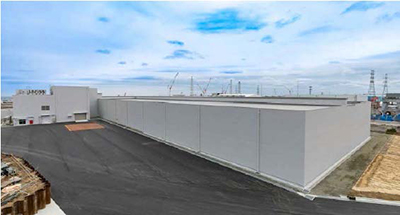
Related Matters
Public Materials
A12The status of decommissioning work at the Fukushima Daiichi Nuclear Power Station is updated on the website and through other means such as public briefings. Specifics of the work are disclosed in public materials prepared and made available at appropriate times.
Related Matters
Data
A13To enable the public, including local communities, to confirm radiation levels at the Fukushima Daiichi Nuclear Power Station, monitoring is performed through continual sampling on the site and in the ocean and other areas, and the results are announced.
Related Matters
Visual Content
A14Efforts being made to inform the public about what is going on at the Fukushima Daiichi Nuclear Power Station include creation of videos showing the decommissioning work, and content enabling virtual tours of the site.










